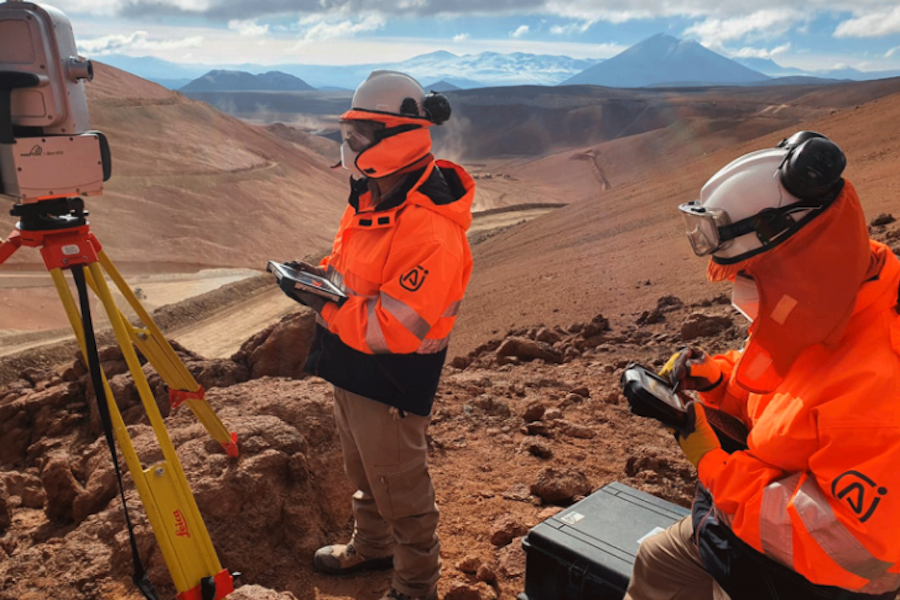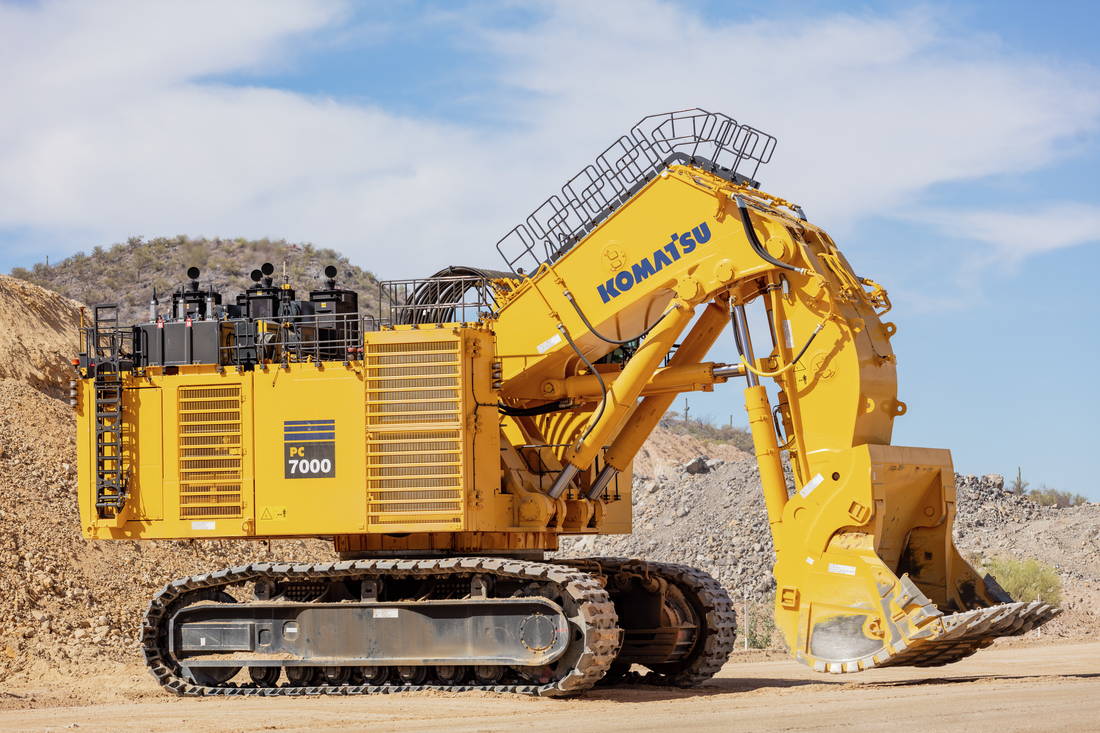Gold Fields eyes Chile expansion as new $1bn mine starts up

Gold Fields hopes to expand its footprint in Chile, where its much delayed $1 billion Salares Norte mine will start production in December, acting CEO Martin Preece said on Thursday.
The Salares Norte project, which had been held back by Covid-19 and severe weather, is expected produce its first 1,000 ounces next month and 400,000-430,000 ounces in 2024, the Johannesburg-based miner said in a quarterly update.
The project is key to achieving Gold Fields’ aim of raising its output to about 2.8 million ounces by 2025 from some 2.3 million ounces currently.
“Our strategy in Chile right now is, we’re working very hard in the tenements we own around Salares,” Preece told Reuters in an interview, referring to exploration sites.
“That would be first prize, if we can find another ore body there, because we’ve put a billion dollars of steel on the ground that you could then use for a bit longer.”
Gold Fields has made a strategic investment in Australian exploration company Tesoro Gold, which owns the El Zorro gold project in Chile.
Preece said Gold Fields was also actively exploring for additional ounces in Peru, where the life of its Cerro Corona mine runs to 2030.
The company has also invested in Canadian exploration firm Chakana Copper Corp, which is advancing the Soledad copper-gold-silver project in Peru’s Ancash region.
Gold Fields hopes talks with Galiano Gold, its joint venture partner in Ghana’s Asanko mine, that would put the asset under the full control of either shareholder will be concluded by December, Preece said.
The company’s production was 542,000 ounces in the September quarter, down 9% year-on-year and 6% lower than the previous quarter, with the largest decline from 2022 in production volumes in Ghana.
The miner has maintained its 2023 production guidance at 2.25 million-2.30 million ounces despite operational problems which include skills shortages in Australia and South Africa, as well as lower grades in Peru and Ghana.
(By Nelson Banya and Felix Njini; Editing by Edmund Klamann and Jan Harvey)
{{ commodity.name }}
{{ post.title }}
{{ post.date }}

Comments